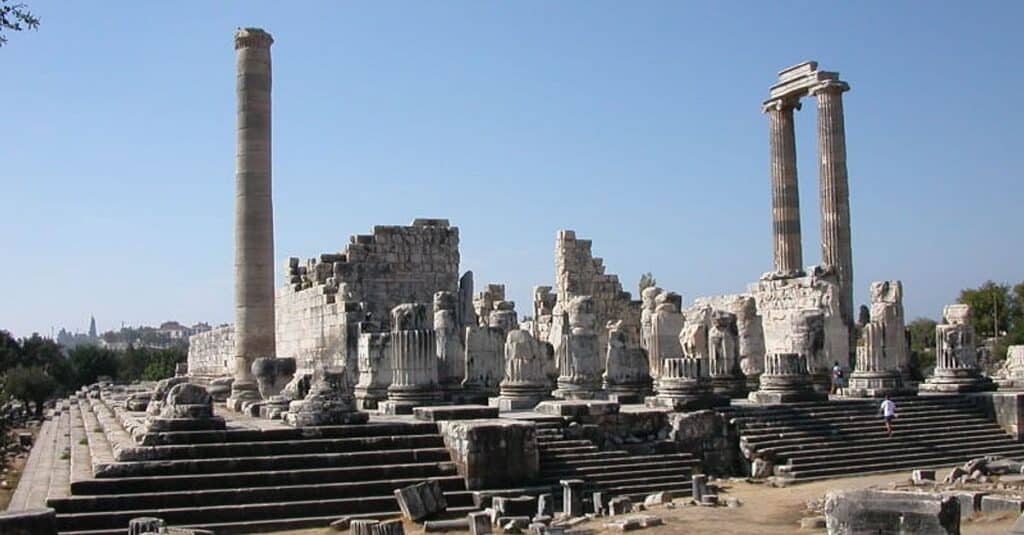Table of Contents
Cinnamon can help us understand the trading routes between Egypt and India.
Cinnamon might have healing or psychedelic properties
Cinnamon has a storied history dating back to antiquity. It was imported into Egypt as early as 2000 BC, although the cinnamon referred to in ancient texts was often confused with Cinnamomum cassia, a related species from China. Ancient civilizations valued cinnamon highly, considering it a gift worthy of monarchs and deities.
For instance, inscriptions record the donation of cinnamon and cassia to the temple of Apollo at Miletus. The true source of cinnamon was a closely guarded secret in the Mediterranean to maintain the monopoly of the spice trade.

Cinnamomum verum, meaning “true cinnamon” in Latin, is native to India, Sri Lanka, Bangladesh, and Myanmar. Cinnamomum cassia (cassia) originates from China, while other related species, also marketed as cinnamon today, come from Vietnam, Indonesia, and other Southeast Asian nations with warm climates.
In ancient Egypt, cinnamon was utilized for embalming mummies. From the Ptolemaic period onwards, Egyptian recipes for kyphi, an aromatic compound, included cinnamon and cassia. Hellenistic rulers often gifted cassia and cinnamon to temples.
The earliest Greek reference to κασία (kasía) appears in a 7th-century BC poem by Sappho. Herodotus wrote that cinnamon and cassia grew in Arabia alongside incense, myrrh, and labdanum, and were protected by winged serpents. Herodotus, Aristotle, and others claimed Arabia as cinnamon’s source, perpetuating the myth that giant “cinnamon birds” collected cinnamon sticks from distant lands to build their nests.
Pliny the Elder
Pliny the Elder recounted that cinnamon was transported around the Arabian peninsula on rudderless, oarless rafts using the winter trade winds . He also noted that the tales of cinnamon being gathered from bird nests were likely fabricated by traders to justify higher prices. Despite Pliny’s skepticism, this myth persisted in Byzantium until 1310 .
Pliny reported that a Roman pound (327 grams or 11.5 ounces) of cassia and cinnamon (serichatum) could cost up to 1,500 denarii, the equivalent of fifty months’ wages . According to Diocletian’s Edict on Maximum Prices from 301 AD, a pound of cassia was priced at 125 denarii, while an agricultural laborer earned 25 denarii per day . Cinnamon’s high cost made it too expensive for common use in Rome, but Emperor Nero reportedly burned a year’s supply at the funeral of his wife, Poppaea Sabina, in AD 65 .
